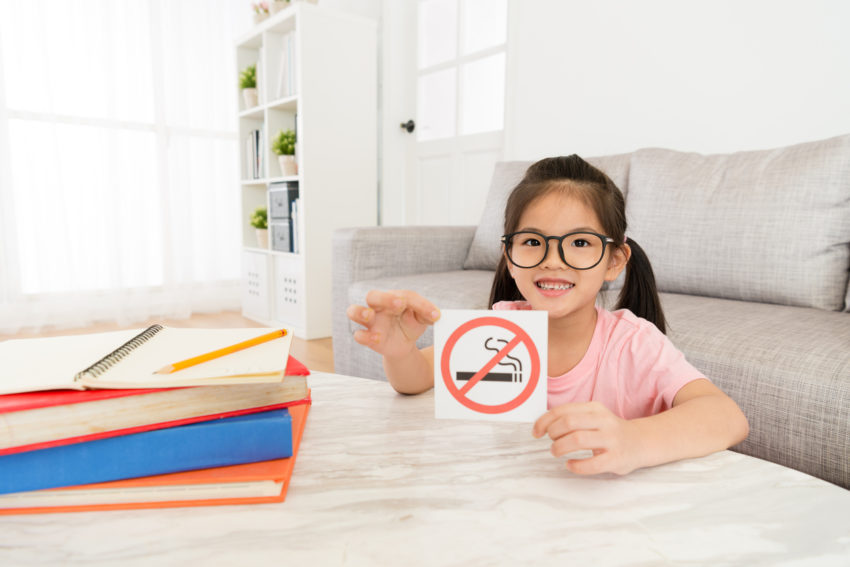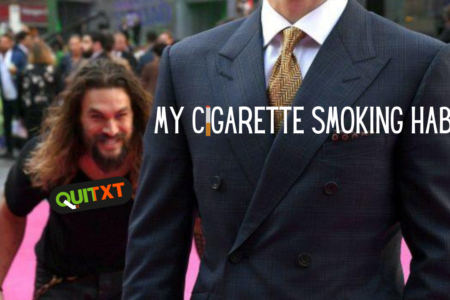
Share On Social!
People who live in multifamily housing share air with their neighbors ─ including secondhand smoke.
Secondhand smoke contains over 70 cancer-causing chemicals, and has killed over 2.5 million people. The dangers are especially serious in multifamily housing, where secondhand smoke can travel through doorways, halls, windows, ventilation systems, electrical outlets, and gaps around fixtures.
Download the Salud America! Action Pack “Help Your City Adopt Smoke-Free Multifamily Housing!”
The action pack will help you engage local leaders in exploring a smoke-free multifamily housing policy for common areas and individual units.
“Experts say a smoke-free multifamily housing policy can protect the health of tenants and staff of apartments from secondhand smoke, as well as save property owners money in unit maintenance, fire prevention, insurance, and reduced legal liability,” said Dr. Amelie G. Ramirez, action pack creator and director of the Salud America! Latino health equity program at UT Health San Antonio.
Why Is Smoke-Free Multifamily Housing Important?
Over 60 U.S. cities have adopted smoke-free multifamily housing policies.
Also, in 2018, federal leaders implemented a smoke-free policy inside all public housing.
But not all privately owned apartments, condominiums, and duplexes have a smoke-free policy to protect against secondhand smoke exposure.
More than 1 in 3 nonsmokers who live in rental housing are exposed to dangerous secondhand smoke. In addition, 2 in 5 are children—most of whom are children of color, according to the CDC.
“Secondhand smoke moves freely in a building. Just like water from a flood can travel via elevator shafts, stairwells, HVAC systems, wall outlets and other electrical and plumbing openings,” Ramirez said. People in apartment buildings have no choice about breathing secondhand smoke.”
How Can You Use This Action Pack to Promote Smke-Free Multifamily Housing?
You can use the action pack to:
- See If Advocates Are Working toward Smoke-Free Multifamily Housing in Your City. Use our model emails to see if local tobacco-free organizations and/or public health advocates are already working toward smoke-free multifamily housing in your city.
- Contact Local Leaders to Introduce Smoke-Free Multifamily Housing. Use our model email and social messages to ask local leaders or staff to take steps toward a smoke-free multifamily housing policy.
- Garner Community Support for Smoke-Free Multifamily Housing. Use our model messages to spread the word about the need for smoke-free multifamily housing.
Smoke-free policies are the only way to prevent exposure to secondhand smoke in multifamily units, according to HUD, health experts, and engineering experts.
“At present, the only means of effectively eliminating health risk associated with indoor exposure is to ban smoking activity,” according to a 2010 position statement from the American Society of Heating, Refrigerating, and Air Conditioning Engineers (ASHRAE), which they reaffirmed in 2019.
By The Numbers
24
percent
of Mexican American-nonsmokers are exposed to secondhand smoke



